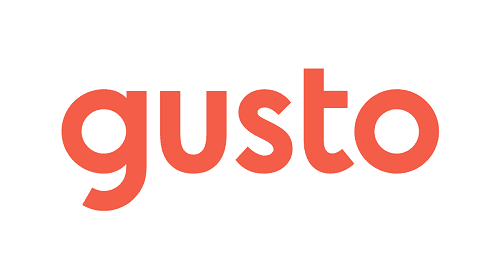Human Resources Management
A critical part of running a business is hiring and managing your employees. Our Human Resource Management hub has everything you need to know about recruiting the best workers, creating and enforcing workplace policies, and maintaining a company culture that keeps your team engaged and motivated.
Latest: Advice, Tips and Resources in HR Topics

Even businesses with one employee need to run payroll and manage taxes, and our best picks make the process simple and efficient.

Finding good help can be hard these days, especially in the development and engineering world. These sites can help you hire a freelance developer.

Are you having a hard time retaining employees? It could be due to one (or more) of these top reasons. Find out the solutions here.

Every business leader should give their employees informal feedback. It can improve employee performance, company morale and team communication.
Learn what gender bias looks like and how to avoid it in your hiring process.

Are you violating employment compliance regulations? You might be. Check out our list of the most challenging HR regulations small businesses face.

Learn how a noncompete agreement works and how to include one in your company policies.
If you need to eliminate some employee benefits, here’s how to do it without starting a staff rebellion.

ActivTrak monitors employee productivity with automatic time tracking, activity logging, and insights to optimize workforce performance and efficiency.

See advice for encouraging your team members, and find out the benefits of empowering your employees.

Learn what a PEO does and the advantages and disadvantages of partnering with one vs. managing HR in-house.

Find out how to avoid workplace accidents and the best way to handle them if they do occur.

Health insurance costs are a major factor in an employee benefits package. Here's what to expect from employer-sponsored plans this year.

Business owners and freelancers can connect easily these days through the Internet. Here are 10 sites that help match independent contracts to jobs.

Sole proprietors must abide by laws and regulations about business licenses and other matters. Learn about municipal rules for sole proprietorships.

Workers thrive in cultures that encourage support, personal growth and open communication. Here are some tips to achieve that culture.

Transitioning to permanent remote work requires clear WFH guidelines, communication tools, video meeting limits, and equipment support for employees to succeed.

Learn strategies and techniques for hiring employees as you build up a staff for your small business.

Learn the pros and cons of hiring contractors vs. employees to determine which type of worker is the best for your business.

Gusto is the ideal HR software for employers that want advanced payroll capabilities. Get a rundown of features and pricing.

Illegal firing reasons include discrimination based on race, gender, age, religion or disability, plus retaliation for filing complaints under EEOC laws.

Business management helps a company function and achieve goals. Here's what you need to know about each of its eight main sectors.

Hiring the right freelancer for your company can be challenging. Learn how to evaluate freelancers' skills, experience and reliability before hiring them.

Hiring a good HR manager for your business starts with asking the right questions. Check out a list of the best interview questions for HR.

Contingency management theory says there’s no one-size-fits-all approach — leaders must adapt strategies based on people, tasks and the environment.

Character, competence and communication are vital elements of leadership. Learn more about the three C's of leadership and more leadership characteristics.

A business's paid time off (PTO) policy outlines employee time off regulations. Learn the three types of PTO policies and PTO policy best practices.

Outsourcing certain tasks can help you save money you'd otherwise spend on non-revenue-producing employees. Here's how and what to outsource.

Dialpad provides cloud-based business phone systems with AI-powered features, video conferencing and real-time transcription to keep modern teams connected.

Business.com interns applied to 300+ jobs but got no offers; many applications were ignored. In-office roles got more interest than remote ones.